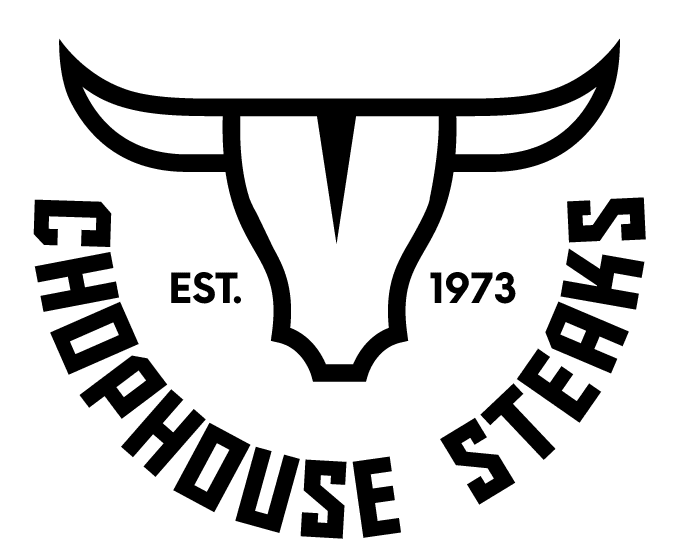If you are a lover of red meat, you love ribeye steaks!
As love-struck Juliet noted, “A rose by any other name would smell as sweet“. Likewise, the mouth-watering flavor of beef ribeye remains true, no matter which of the many alternative names the cut is given:
- Beauty steak
- Delmonico steak
- Entrecôte
- Market steak
- Scotch fillet
- Spencer steak
- Cowboy steak
- Saratoga steak
- Tomahawk steak
Whether served in posh restaurants or at your neighborhood BBQ, ribeye steak is one of the most popular cuts of beef. Let’s explore why.
What is a Ribeye Steak?
Just as the eye of a storm is its most central part, the name ribeye was coined because this cut is:
found in the centermost part of the cow, and
the best part of the rib section of steak.
This prime cut of beef is available boneless or containing a part of the rib bone. You can choose from the rib extending beyond the tip of meat or trimmed level with the muscle. While choosing bone-in adds to the taste and moisture, it also makes it more difficult to prepare because the parts close to the rib cook more slowly than the rest of the steak. In a nutshell, boneless ribeyes are softer and easier to cook, but bone-in steaks are more flavorful.
For steak lovers who value taste above tenderness or a lower fat content, ribeye is the best choice.
Where Does Rib Eye Steak Come From?
Of the eight big sections of beef, or primal cuts, ribeye comes from the beef rib which is found between the shoulder, or chuck, and the loin. Spanning ribs six through twelve, the longissimus muscle forms the bulk of the ribeye and the spinalis dorsi makes the crown or fat cap of the steak.
Because these muscles do not do much exercise, they contain just the right amount of intramuscular fat that creates the unique marbling of a ribeye cut. Ribeye steak is considered one of the premium cuts of steak due to its balance of muscle and fat, resulting in flavor and juiciness.
Flavor, Texture, Fat Content, and Tenderness
Regarded by many as the king of steaks, ribeye delivers a buttery rich beef taste as a result of its abundant marbling.
The white flecks of intramuscular fat in red meat forms a marble-like pattern which is why it is called marbling. Because it is inside the muscle, it makes the steak delicious and soft.
Unlike intermuscular fat, (the fat between the muscles that is generally trimmed off because it does not add to meat’s quality), the more marbling the better. That is provided the marbling is fine, as in Wagyu beef. When there are a lot of thin, evenly distributed lines of fat, they melt during cooking to increase succulence throughout the steak.
Best of all, the marbling comes from three “types” of fat:
- Conjugated linoleic acid (CLA) which reduces inflammation while boosting heart health. With powerful anti-cancer properties, CLA is also a good source of B vitamins like niacin and vitamins B6 and B12.
- Monounsaturated fat reduces inflammation and risk of heart disease and accounts for ⅓ of the fat in ribeye steaks.
- One third of the saturated fat content of ribeye is stearic acid which improves body fat ratio, enhances mitochondrial function of your cells, and aids weight loss.
In an 8 OZ ribeye steak, calories come in at 560 cal. But with its ample bioavailable nutrients, ribeye is extremely satiating.
A premium cut of beef deserves hand-cutting and trimming – as done by the experienced butchers at Chophouse Steaks online butcher store. What’s more, with almost 50 years in the business, we source only premium beef from the top 2% of the herd, or better for you. Additionally, our USDA prime beef is dry-aged in-house.
What are you waiting for? Delight your taste buds by ordering a ribeye steak from us today!

